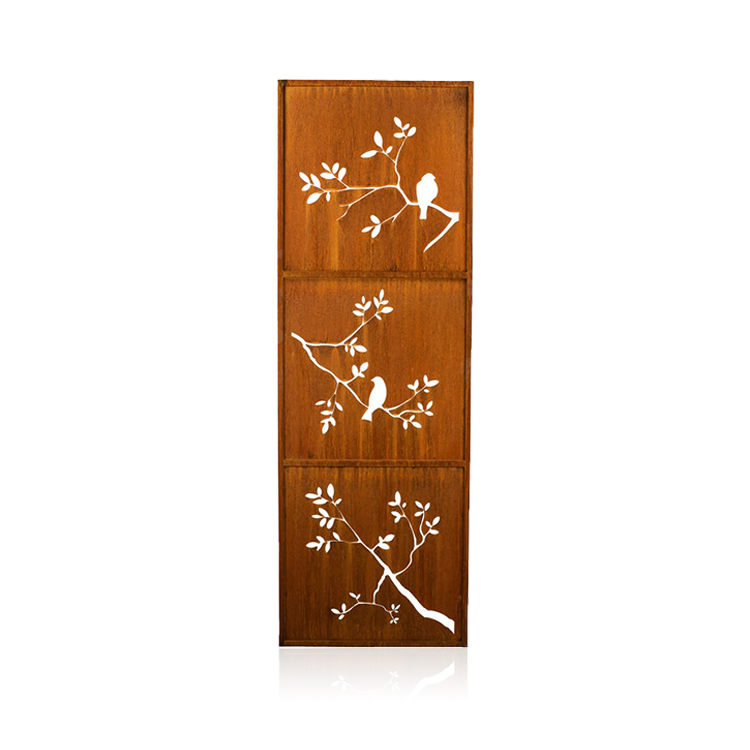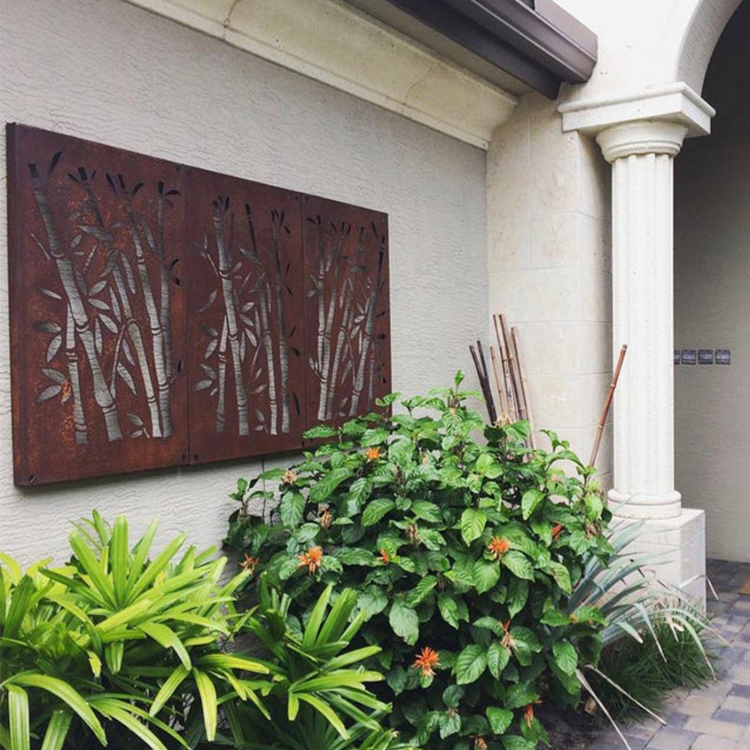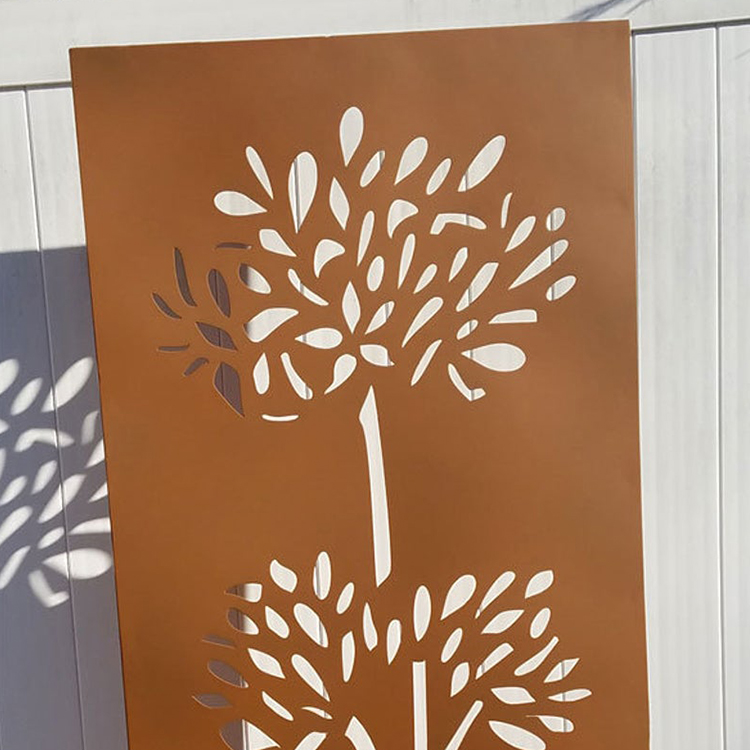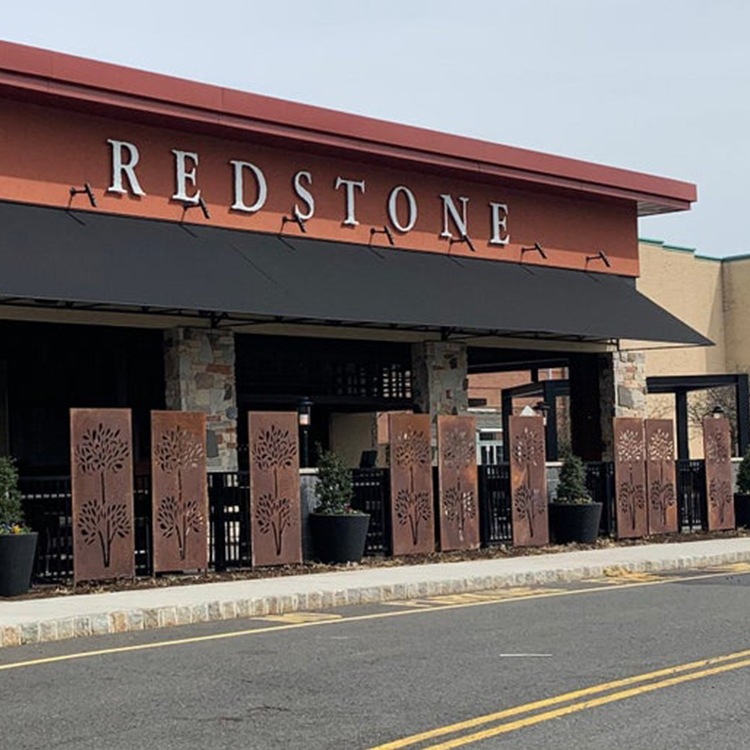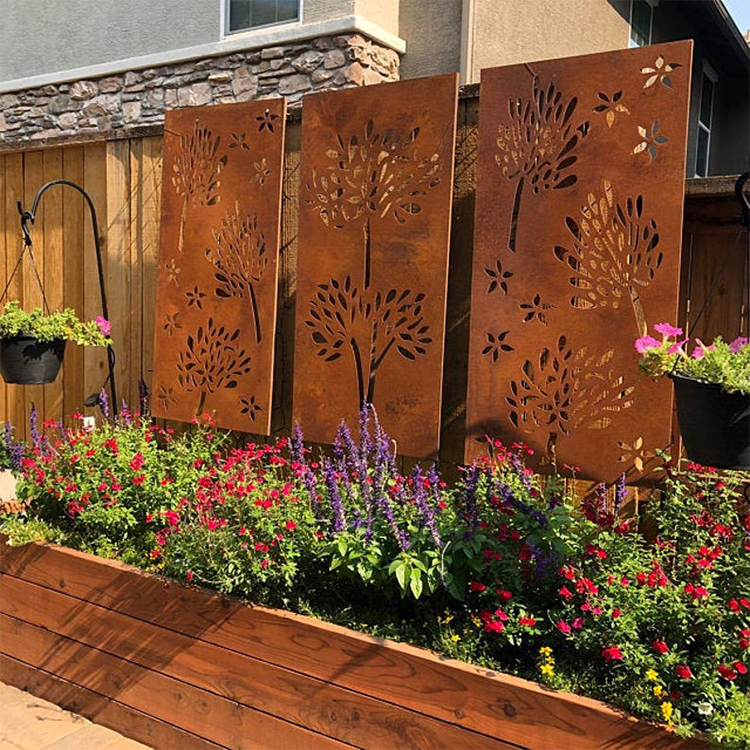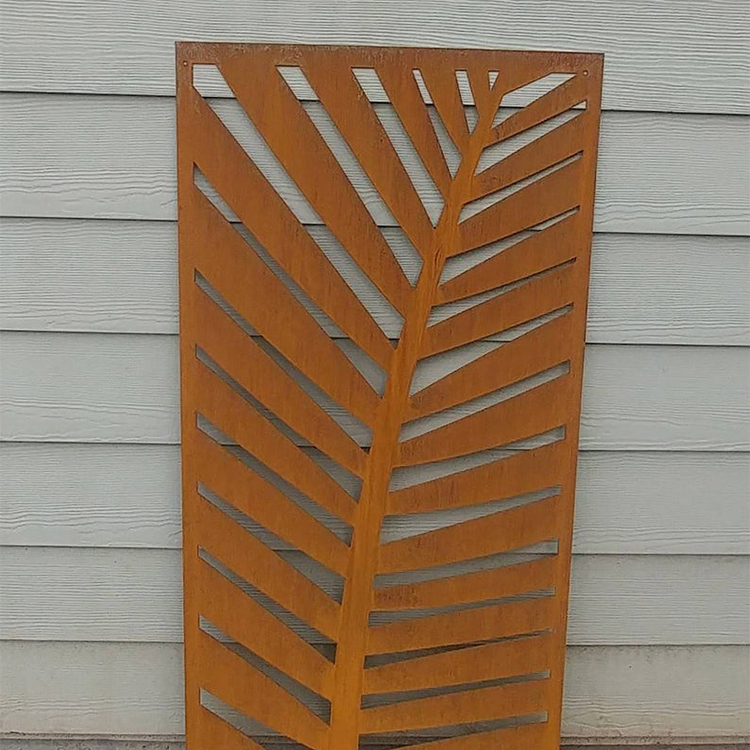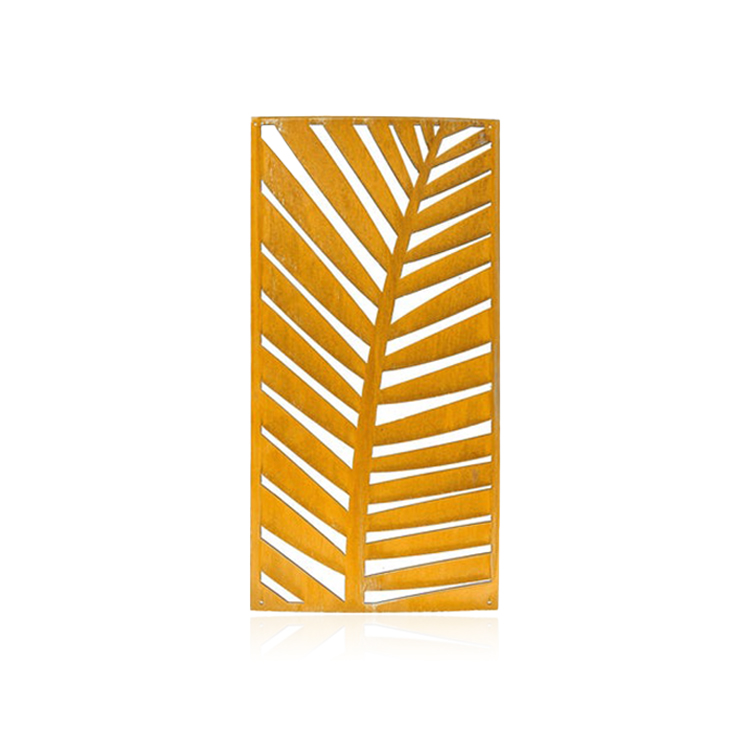
Tundish Nozzles for Specific Steel Grades
Tundish nozzles play a critical role in ensuring the quality and consistency of the final steel product. Different steel grades require specific tundish nozzle designs to ensure that the molten ste...
DESCRIPTION
Tundish nozzles play a critical role in ensuring the quality and consistency of the final steel product. Different steel grades require specific tundish nozzle designs to ensure that the molten steel is delivered to the mold in the appropriate flow rate and pattern.
Here are some examples of tundish nozzle designs for specific steel grades:
- High-strength low-alloy (HSLA) steels: HSLA steels require tundish nozzles with a precise flow control mechanism to prevent turbulence and ensure a smooth and consistent flow. Alumina tundish nozzles with internal flow control devices can provide precise control of the flow rate and pattern.
- Stainless steels: Stainless steels require tundish nozzles with excellent resistance to wear, corrosion, and thermal shock. Zirconia tundish nozzles are an excellent choice for stainless steel casting applications, as they provide high resistance to wear and corrosion and can withstand high-temperature environments.
- High-carbon steels: High-carbon steels require tundish nozzles with high resistance to thermal shock and wear. Alumina-carbon tundish nozzles are a popular choice for high-carbon steel casting applications, as they provide excellent thermal shock resistance and can withstand high-temperature environments.
- Low-carbon steels: Low-carbon steels require tundish nozzles that are easy to machine and install, with good flow control properties. Graphite tundish nozzles are a suitable option for low-carbon steel casting applications, as they are easy to machine and install, and provide a reliable and consistent flow of molten steel.
| Item | Upper Nozzle | |
| Zirconia core | Outside | |
| ZrO2+HfO2(%) | ≥95 | |
| Al2O3(%) | ≥85 | |
| MgO(%) | ||
| C(%) | ≥3 | |
| Buik Density g/cm³ | ≥5.2 | ≥2.6 |
| Apparent porosity % | ≤10 | ≤20 |
| Crushing strength Mpa | ≥100 | ≥45 |
| Thermal shock resistance | ≥5 | ≥5 |
Related Products


